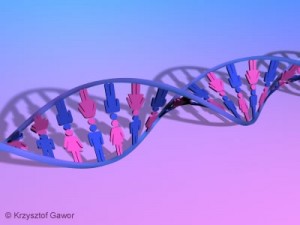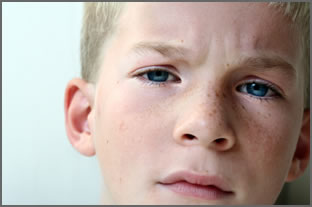Published: October 6, 2008
A better understanding of the path from stress to anxiety to full-blown panic disorder offers soothing news for sufferers
By Hal Arkowitz and Scott O. Lilienfeld
Scientific American
The current edition of the Diagnostic and Statistical Manual (DSM) defines a panic attack as an abrupt and discrete experience of intense fear or acute discomfort, accompanied by symptoms such as heart palpitations, shortness of breath, sweating, trembling, and worries about going crazy, losing control or dying. Most attacks occur without obvious provocation, making them even more terrifying. Some 8 to 10 percent of the population experiences an occasional attack, but only 5 percent develops panic disorder. Contrary to common misconception, these episodes aren’t merely rushes of anxiety that most of us experience from time to time. Instead patients who have had a panic attack typically describe it as the most frightening event they have ever undergone. Link to read article
Source: Scientific American
Published: August 11, 2008
 Carriers of A Common Gene Variation Startled More Dramatically in Response to Unpleasant Pictures
Carriers of A Common Gene Variation Startled More Dramatically in Response to Unpleasant Pictures
Washington—Inborn differences may help explain why trauma gives some people bad memories and others the nightmare of post-traumatic stress. Scientists in Germany and the United States have reported evidence linking genes to anxious behavior. The findings appear in the August issue of Behavioral Neuroscience, published by the American Psychological Association. [continue reading…]
 Most children love the thrill of a rollercoaster, the horror of a scary book or movie, and the ghoulish delight of a ghost train.
Most children love the thrill of a rollercoaster, the horror of a scary book or movie, and the ghoulish delight of a ghost train.
But those who have a strong dislike of these activities could be more likely to have issues with anxiety later in life, QUT research has found. [continue reading…]
Every child experiences anxiety, and usually a caring parent can help make it pass. But in 5 to 10 percent of cases, the problem goes deeper — panic attacks, obsessive behavior, depression — and the child can benefit from professional help. Link to read more
New York Times
By MICHAEL WINERIP
Published: July 20, 2008

 Most children love the thrill of a rollercoaster, the horror of a scary book or movie, and the ghoulish delight of a ghost train.
Most children love the thrill of a rollercoaster, the horror of a scary book or movie, and the ghoulish delight of a ghost train.